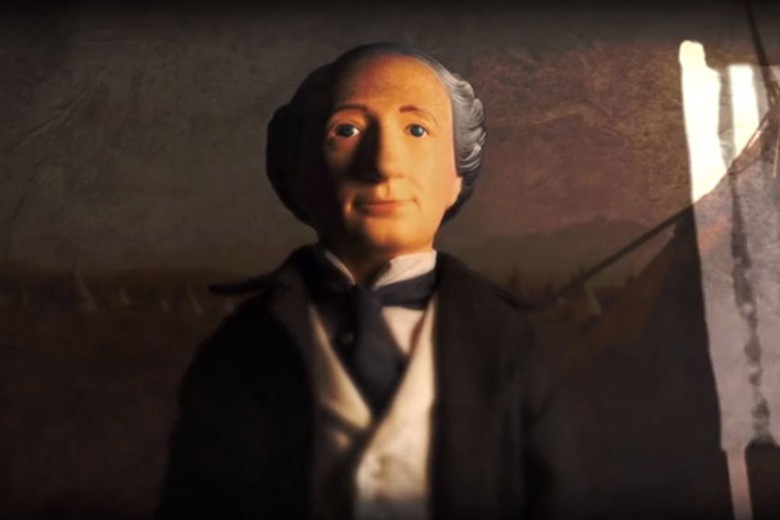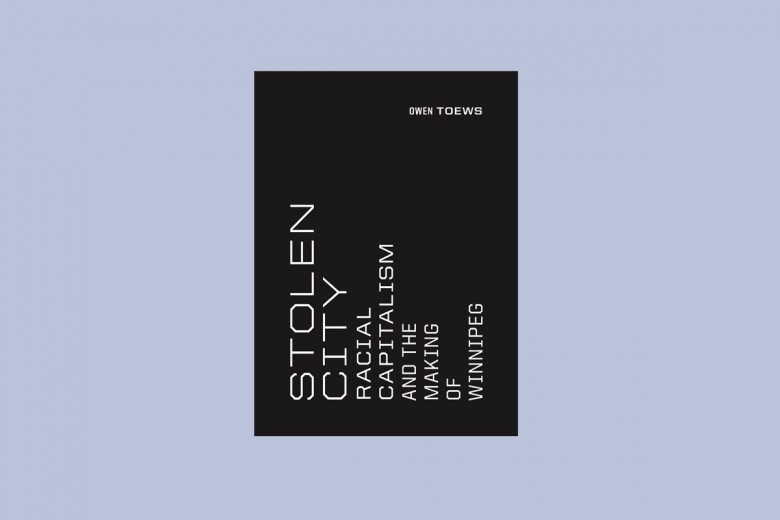While muckety-mucks in the academy and artworld debate “the death of art” or whether art is now “post-postmodern,” such discussion is about as helpful for making art as harbouring a tapeworm is for running a marathon. Thankfully, thinking seriously about art needn’t be such a drag.
Theories of art can be grouped in several ways, but let’s take just two. In the first conception, art is a transhistorical phenomenon practised in every culture. As long as human beings have taken care to fashion materials from the world for non-utilitarian ends, there has been art. In this view, when aesthetic experience is creatively embraced in an expressive form – whether a song or an image – we have art.
In the second conception, what gets called art is a function of institutional and social structures. In this “conventionalist” view, something becomes art by virtue of its place within institutions (both literal, as in academies, galleries, and performance spaces, but also in the looser sense of art criticism). Witness the 1917 scandal of Marcel Duchamp’s “Fountain,” a mass-produced urinal submitted for artistic exhibition.
But here, our discourse is interrupted – and not by the avant-garde. Rather, the stability of our categories is threatened by something more consequential: the fact of settler colonialism.
When the Indigenous “dot” paintings of Western Australia began circulating on the art market in the late 1970s and ’80s, many (if not most) settler viewers and buyers admired the paintings on a strictly formal level, seeing them through the lens of modernist abstraction. The sacred spiritual basis of the works, often deliberately encrypted, was simply subsumed into the putatively postcolonial marketplace as “nice paintings.”
Meanwhile, it was not until the late ’80s in Canada that Indigenous aesthetics truly made the leap from settler culture’s anthropological concern with “tribal” craft to the four white walls of art galleries. This, despite members of the Indian Group of Seven’s watershed exhibition, Treaty Numbers 23, 287, 1171, in Winnipeg in 1972.
All of which is to say, to speak of Art and Resistance (the scheduled theme of this issue) risks begging the questions: what is art, and what is resistance?
For the exiled Jewish-German philosopher Theodor Adorno, the radical potential of art within advanced capitalism was contradictory: art was at once autonomous from the demands of commodity culture and simultaneously unable to overcome them. In this way art testified to its own lack of freedom. For Adorno, art’s political potential wasn’t explicit. It resided in the contradictory interplay between form, content, and the work’s social context. Like so many in the modernist and Marxist traditions, the primacy of place and, more pointedly, an essential relation to the land is absent in Adorno’s aesthetic theory.
In a settler-colonial society, such abstract sensibilities are untenable. The erasure of the ground beneath our feet – the land – is of a piece with the genocidal project of Indigenous dispossession. What we might retain from Adorno’s thought, nonetheless, is a willingness to reckon with the contradictory, twofold nature of emancipatory art. Such art must testify to the social reality of our world, its anguish and injustice, while simultaneously exploring modes of thought and feeling distinct from the logics of colonialism and capital.
Many settlers don’t have a heritage or history we care to sustain, and our relation to the places we call “home” is uneasy (as it must be). By contrast, for Indigenous peoples and others subject to foreign occupation, maintaining cultural lifeways and aesthetic traditions is always already an act of resistance. Native comedian Ryan McMahon recalls his grandmother telling him: “Everything you do, Grandson, is going to be political. You’re Anishinaabe.”
In this issue we hear from committed artists in their own words. Sundus Abdul Hadi discusses art and identity in the context of the Iraq War and Arab diaspora. Erik Ruin and Meredith Stern reflect on the role of collectivity, empathy, and method in political art. Christi Belcourt offers a personal essay, with original maps, on the colonial dynamics of naming in Canada. Laura Stewart opens us to the wonders of an overlooked and devalorized ecosystem. And Randy Lundy publishes a new poem, “Son,” certain to be anthologized for years to come. In the Parting Shot, Daniel Spaulding brings us full circle, asking what is to be done about the state of art within 21st-century capitalism.






